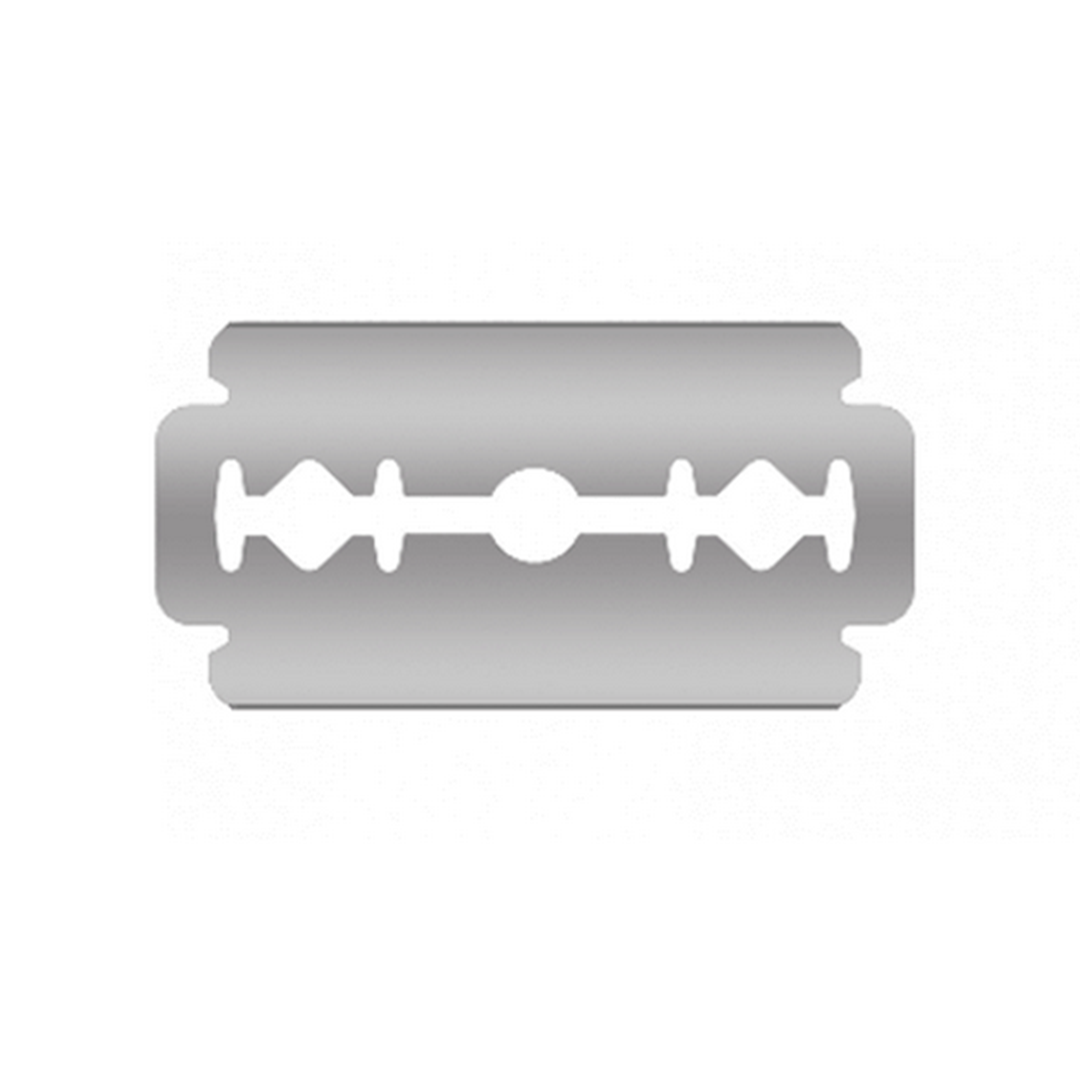How Double-Edged Razor Blades Are Manufactured: Inside XiRui Blade Factory

Understanding the Double-Edged Razor Blade
It’s no wonder that DE blades are so popular – and the debate of “which brand is best” proves their relevance.
A double-edged (DE) razor blade offers two sharp edges and is typically crafted from high-quality stainless steel. Its individual wrapping ensures convenient storage. Blades in this category share a standard size, ensuring compatibility with most handles on the market.

Standard Dimensions
- Length: Approximately 43mm (1.7 inches)
- Width: Approximately 22mm (0.87 inches)
- Thickness: Varies by brand, but generally between 0.004 inches and 0.007 inches.
Their applications are surprisingly diverse:
- Barbershops & Beauty: The sharp, non-stick coated DE blade excels in close, smooth shaves, making it a favorite in these industries.
- Bakeries: Bakers use them for the traditional French technique of scoring baguettes to aid in the rising process.

The Making of a Double-Edged Razor Blade
Let’s delve into the step-by-step process of how these thin, sharp blades are produced.
1. Material: It Starts with Steel
The blade’s resistance to moisture is crucial, leading to the use of a specialized, anti-corrosion stainless steel alloy. This material arrives as a thin, malleable sheet with unsharpened edges, rolled out over hundreds of feet.
 SANDVIK stainless steel strip
SANDVIK stainless steel strip
2. Pressing: Shaping the Blade
A high-speed punching machine stamps out the basic blade shape at incredible speeds (800-1200 strokes/minute!). These initial blades, or “blanks,” still have dull edges.

3. Thermal Process: Hardening and Tempering
A three-step heat treatment is key:
- Heating: Blanks are heated to over 2000 degrees Fahrenheit for about 30 seconds.
- Quenching: A rapid cool-down in cold water restructures the metal for hardness.
- Tempering: Reheating for around 20 seconds reduces brittleness.

4. Printing: Branding the Blade
Now the hardened blanks are ready to display their brand name through a printing process.

The print process

5. Grinding and Polishing: Achieving Sharpness
The blades enter a specialized machine with three grinding stations, meticulously shaping the contour and creating the signature sharp edges. A polishing station smooths away any remaining imperfections. Up until now, the blades have been connected, but a knife neatly separates them at this stage.

the cutting process of double edge blade

6. Inspection: Ensuring Quality
Strict quality control involves sampling blades for geometric precision and cutting-edge perfection. Technicians assemble blade packs (up to 800 at a time!) and use fluorescent light to expose the tiniest flaws.

7. Coating: Enhanced Performance
Pristine blades enter a vacuum chamber for a chromium-based coating, increasing the edge’s hardness and resistance. A non-stick coating follows, applied via spray nozzles to minimize friction during shaves and prevent skin irritation.

8. Sintering: Permanently Bonding the Coating
The protective coating undergoes “sintering,” where it’s baked at approximately 660 degrees Fahrenheit for 20 minutes. This ensures it permanently bonds to the blade’s surface.

9. Quality Control: Testing Blade Strength
Technicians test a sample of blades to guarantee they meet strength specifications. A machine measures the force needed to cut a thick white of wet paper to a specific depth.

10. Soaking in Organic Oil: Corrosion Protection
Blades are submerged in organic oil for roughly half an hour as an additional safeguard against corrosion, a primary factor in blade deterioration.

11.Packaging: Ready for Use
Automated equipment individually wraps each blade in wax paper for protection during storage. Blades are then placed in containers like plastic bags, boxes, or cartons for final packaging.

About Xirui Manufacturing and Our Factory
Xirui Manufacturing, previously name Xirui Blade Manufacturing, established in 2005, brings nearly 18 years of OEM, ODM, and OBM experience to the table.
- Our factory covers over 60,000 square meters and employs more than 300 skilled workers.
- Our current monthly capacity stands at an impressive 200 million blades and 8 million eyebrow razors.
- We hold certifications in ISO 9001:2015, BSCI, and recognition as a High-tech enterprise.
Feel free to connect with us for your blade manufacturing needs!
We differentiate ourselves with our blade sharpness and the use of high-quality coatings. Our experienced R&D team and precise laboratory equipment ensure the highest professional standards. Our company motto,
“To exceed our customers’ expectations for service, quality, and value,“
guides us throughout every collaboration.













